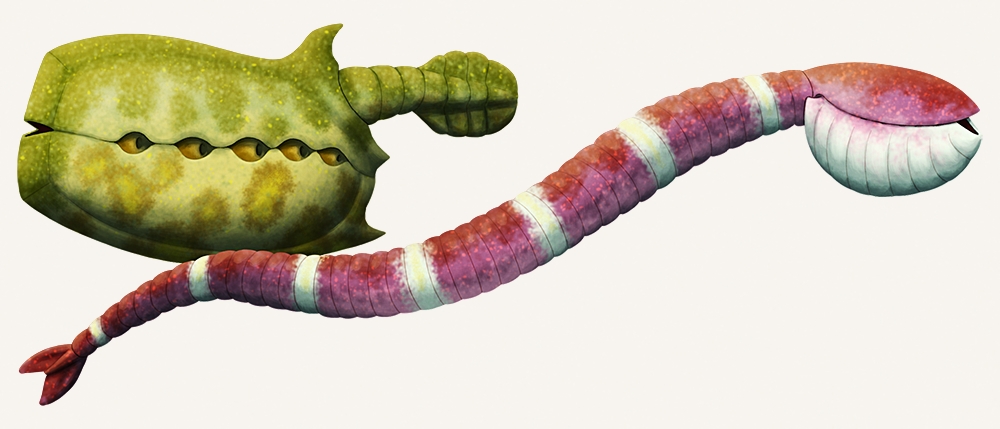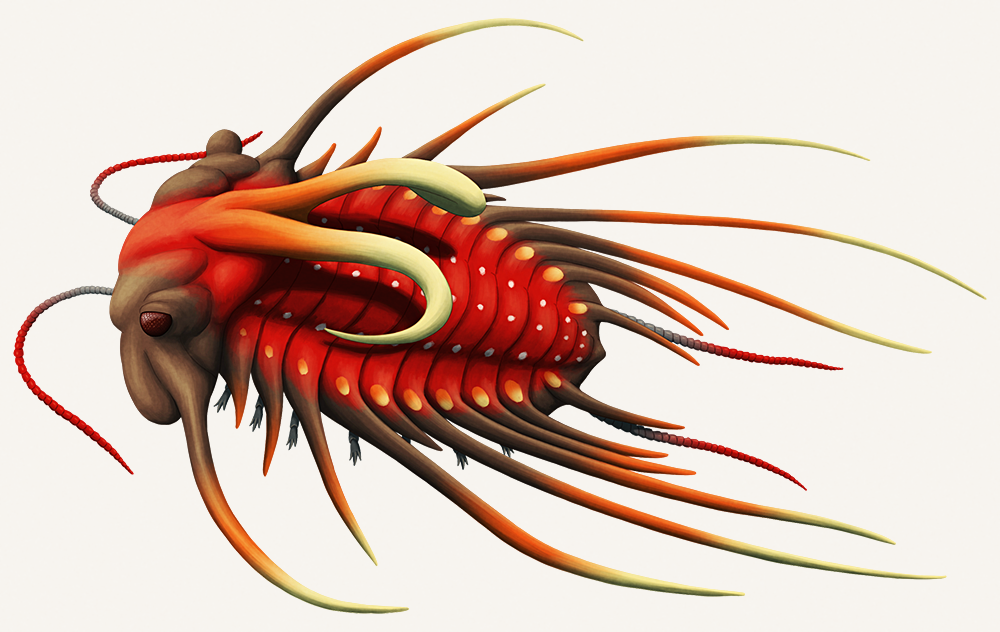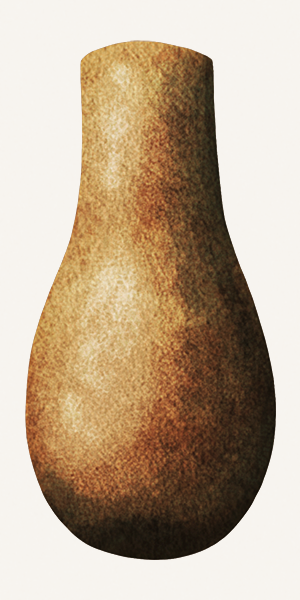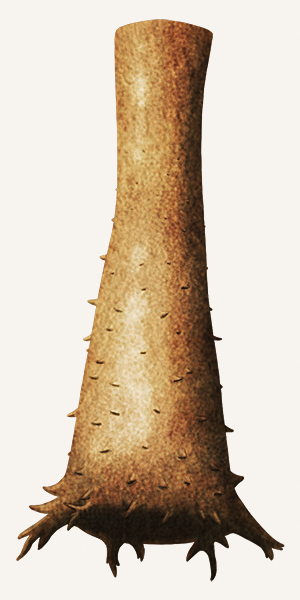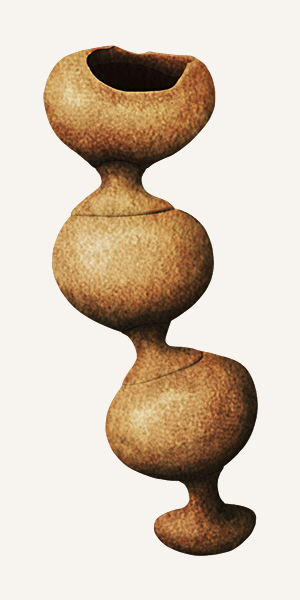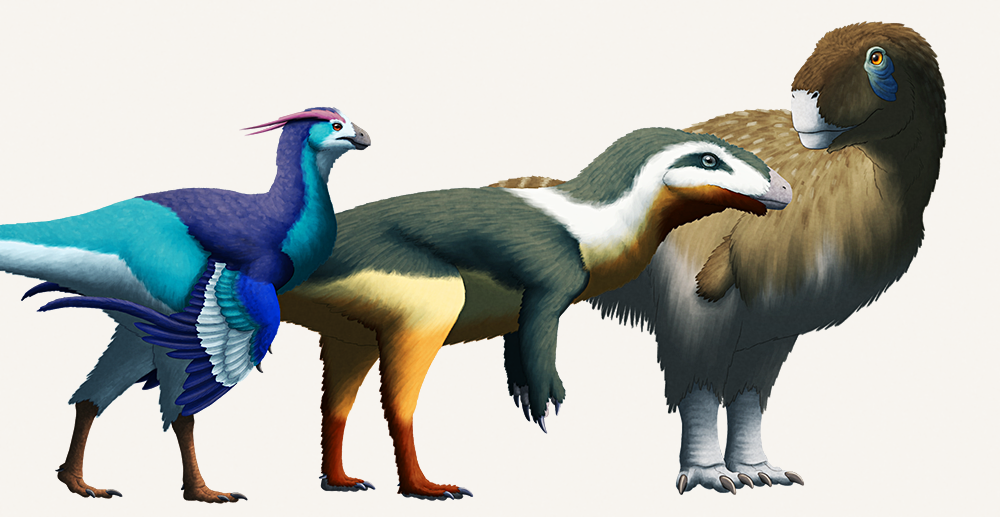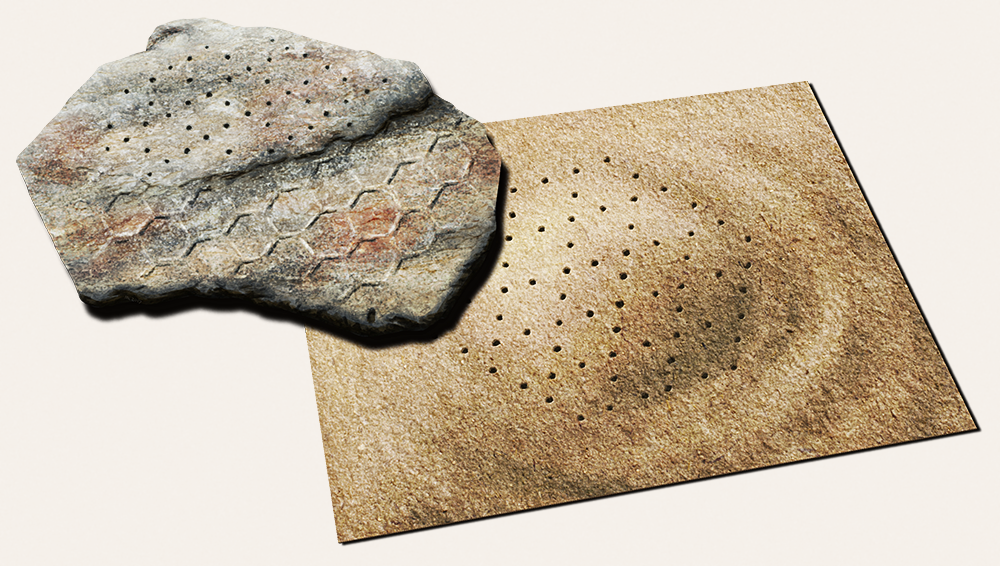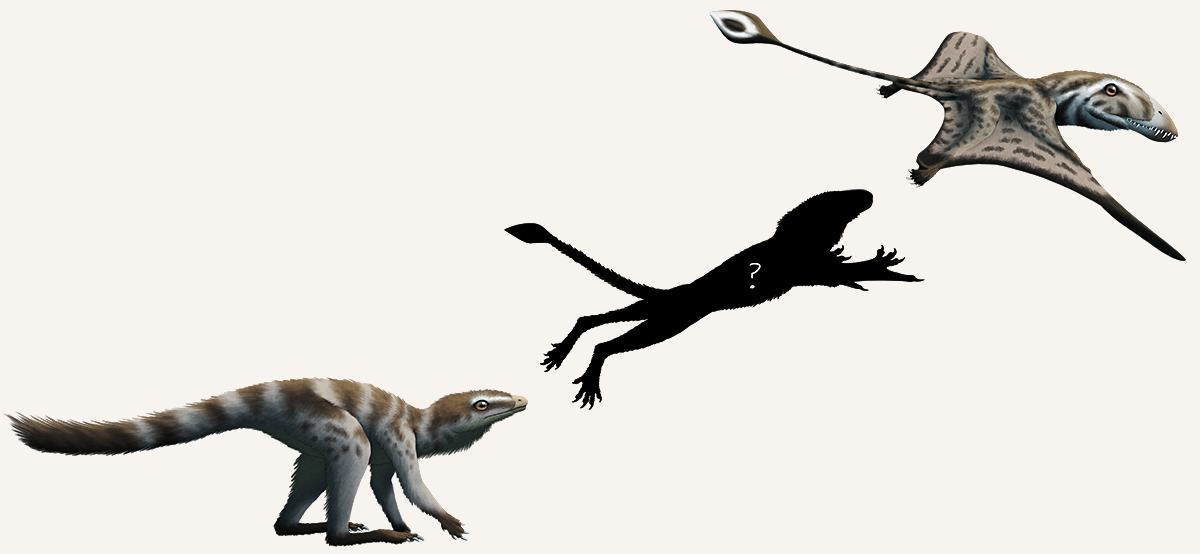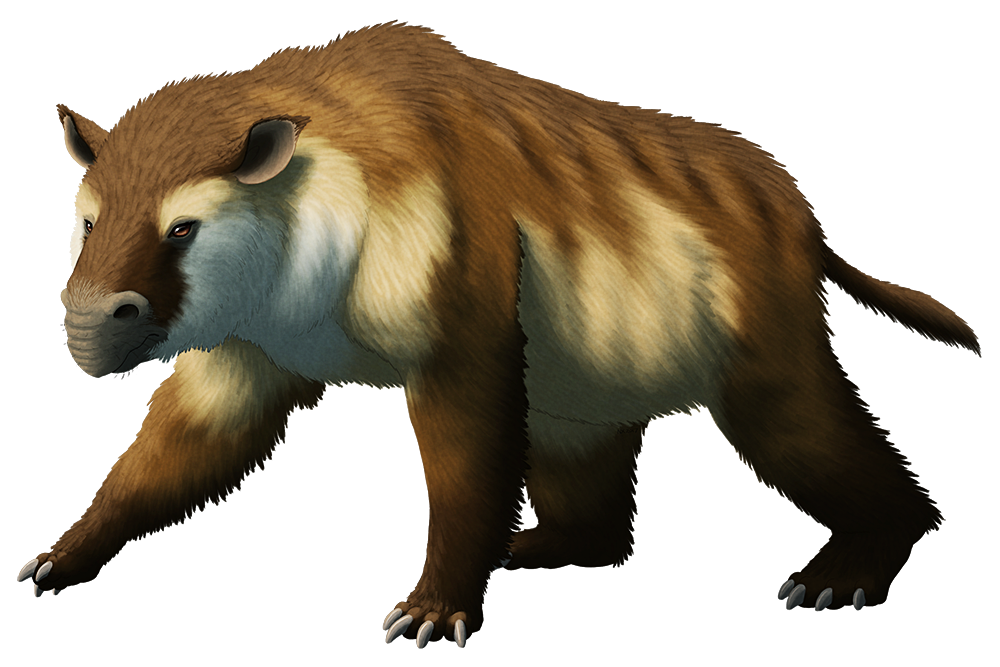Vetulicolians were a group of small marine animals best described as “problematic”, known from the Early Cambrian (~518-507 mya) of China, Greenland, Canada, and Australia. They had bulbous but streamlined bodies with a mouth opening at the front, no eyes, a thick exoskeleton-like cuticle, and a segmented swimming tail. Most also had five pairs of openings which may have been gill slits.
The image above depicts Vetulicola rectangulata, a 7cm long (2.75″) vetulicolian with a fairly “typical” body plan for the group, and the more unusual 14cm long (5.5″) Skeemella clavula.
Their evolutionary affinities have been uncertain for a long time, and at different points they’ve been classified as arthropods, chordates, kinorhynchs, basal deuterostomes, or even given their own unique phylum. A genus named in 2014, Nesonektris, has been interpreted as having a possible notochord – making vetulicolians chordates, and potentially placing them close to the tunicates – but their exact relationships are still unresolved.
(Skeemella also complicates matters, having some features considered more arthropod-like than other vetulicolians. But since it’s only known from a single specimen, more fossil material is needed to figure out what’s going on with it.)

